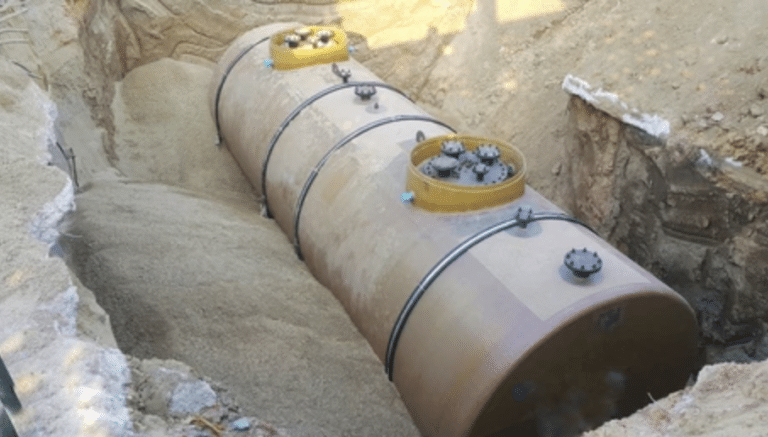Is my property an asset or a liability?
Published on 14 October 2020

At EDI we believe a property should represent an asset, not a liability. Our goal and our expertise is making sure you acquire the former and not the latter. If a Phase I ESA identifies areas of concern we will recommend a subsurface investigation to make certain you know what you are purchasing. This is something you want to find out prior to purchasing a property, not when you want to develop, refinance, or sell.
There are several ways in which a property could represent a liability:
Unsolved environmental issues could prevent a potential transaction
A contaminated property cannot be easily sold or used as collateral. Financing a contaminated property is very tricky in today’s world when environmental liabilities are becoming an increasing concern. While there are cases where lenders will offer financing on impacted properties, it is definitely not the standard in Alberta. Different banks have more or less experience with contaminated properties, in house technical personnel, and various credit risk assessment processes. Even if you can afford to own a contaminated property, several impacted properties can adversely affect your portfolio liquidity.
Unsolved environmental issues could prevent the potential development
While developing a contaminated property is not impossible, starting development on a site believed to be clean only to find out it is contaminated can be very challenging. Developing a contaminated property requires a lot of planning and collaboration between contractors. Finding out the property is contaminated during the site excavation can be very expensive. The entire remediation plan has to be developed while you pay for all the contractors mobilized on-site, the development details cannot be easily modified to account for the additional excavation and the disposal options are limited to what is readily available at the time of the discovery. A development is stressful at its best time. Discovering contamination while developing on a construction loan or a bridge loan should be avoided at all costs.
Unknown environmental issues could prevent proper and fair negotiations
Purchasing contaminated properties is not the problem; purchasing contaminated properties for a prime price is. Knowing the contamination status of a property will allow you to fairly negotiate the price. Additionally, it will allow you to discuss any other potential liabilities such as the offsite one, which could be significant. Even if you purchase the property without financing, a development permit application could trigger an environmental assessment. Make sure you conduct one prior to purchasing your property to understand your development limitations and include this into your negotiation.
Contamination represents a real legal liability
With the regulatory changes at the beginning of 2019, owners of contaminated properties have two years to address the problem. They are also required to report the contamination as soon as they become aware of it. Some types of contamination require immediate attention due to concerns about human health or offsite migration. Extended offsite liability can be significant if the scenario is not previously discussed during purchasing. Make sure you understand your legal responsibilities associated with purchasing a new site. Assuming the legal responsibilities associated with a contaminated site could be quite complex.
Environmental liabilities could exceed the price of the property.
Imagine your 1 million dollar property is costing you 2 million dollars to remediate and you have a legal responsibility to do so. A $20,000 assessment is not too expensive to prevent that situation.
Completing proper environmental assessments on a property prior to purchasing can ensure you are not taking over a liability.

